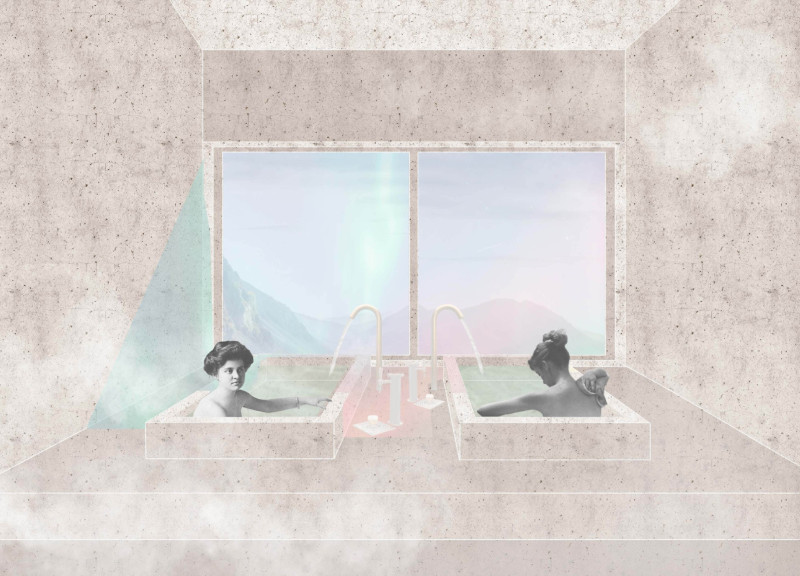5 key facts about this project
At the heart of the architectural design lies a commitment to sustainability and integration with the surrounding landscape. The project represents not just a physical structure, but a concept that fosters community interaction and encourages a harmonious relationship with nature. The careful consideration of the building's orientation maximizes natural light and optimizes energy efficiency, a testament to its design philosophy aimed at minimizing environmental impact.
The primary function of the project serves as a multipurpose space that accommodates various activities, making it a versatile hub for the community. It includes areas designated for social gatherings, educational workshops, and recreational activities, reflecting a comprehensive understanding of communal needs. The design promotes an inclusive atmosphere, encouraging collaboration and creativity among its users through open and flexible spaces.
Key elements of the project include a series of interconnected volumes that create a dynamic flow between the indoors and outdoors. Large windows and strategic glazing invite natural light into the internal spaces while offering stunning views of the surrounding environment. The incorporation of outdoor terraces and green roofs not only enhances the aesthetic value of the structure but also contributes to biodiversity and local flora, reinforcing the project’s commitment to sustainability.
The materiality of the project is equally significant. A careful selection of locally sourced materials underscores a commitment to regional character and environmental responsibility. The use of sustainably harvested wood, durable stone, and innovative composites showcases both modern construction techniques and traditional craftsmanship. These materials not only define the visual language of the building but also influence its thermal performance and overall resilience.
A distinctive architectural feature of the project is its roof design, which incorporates elements that mimic natural forms. This aspect not only reinforces the connection to the landscape but also aids in rainwater collection and encourages biodiversity. The roof serves as an extension of the indoor spaces, providing areas for relaxation and interaction while seamlessly blending architectural lines with the natural setting.
Circulation within the building is designed to enhance user experience, with wide corridors that promote ease of movement and accessibility. The design thoughtfully accounts for all users, integrating features that comply with universal design principles. This emphasis on accessibility ensures that the space is welcoming to everyone, fostering an inclusive community environment.
The project represents a paradigm of architectural ideas that merge practicality with creativity. It challenges conventional notions of space and functionality, reinforcing the belief that architecture can serve multiple purposes while remaining aesthetically pleasing. The design’s ability to adapt to the changing needs of the community speaks to its long-term vision and sustainability.
For readers interested in delving deeper into the architectural specifics, exploring the architectural plans, architectural sections, and the carefully drafted architectural designs will provide further understanding of the nuances of this project. The design's innovative approaches and thoughtful execution stand as an invitation for further exploration and appreciation of modern architecture's capacity to shape our environments meaningfully.


























